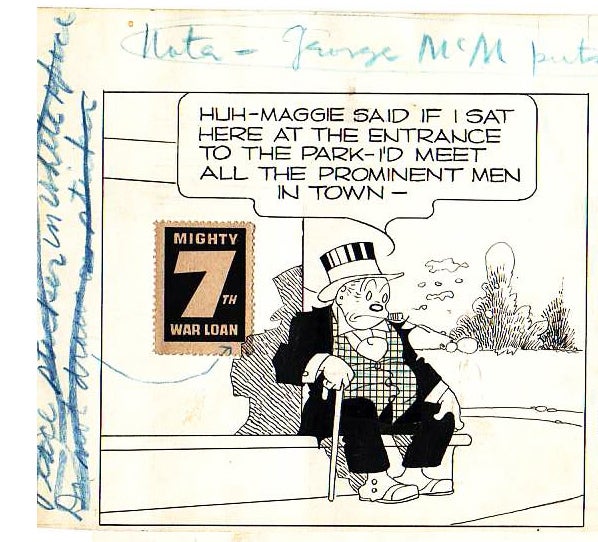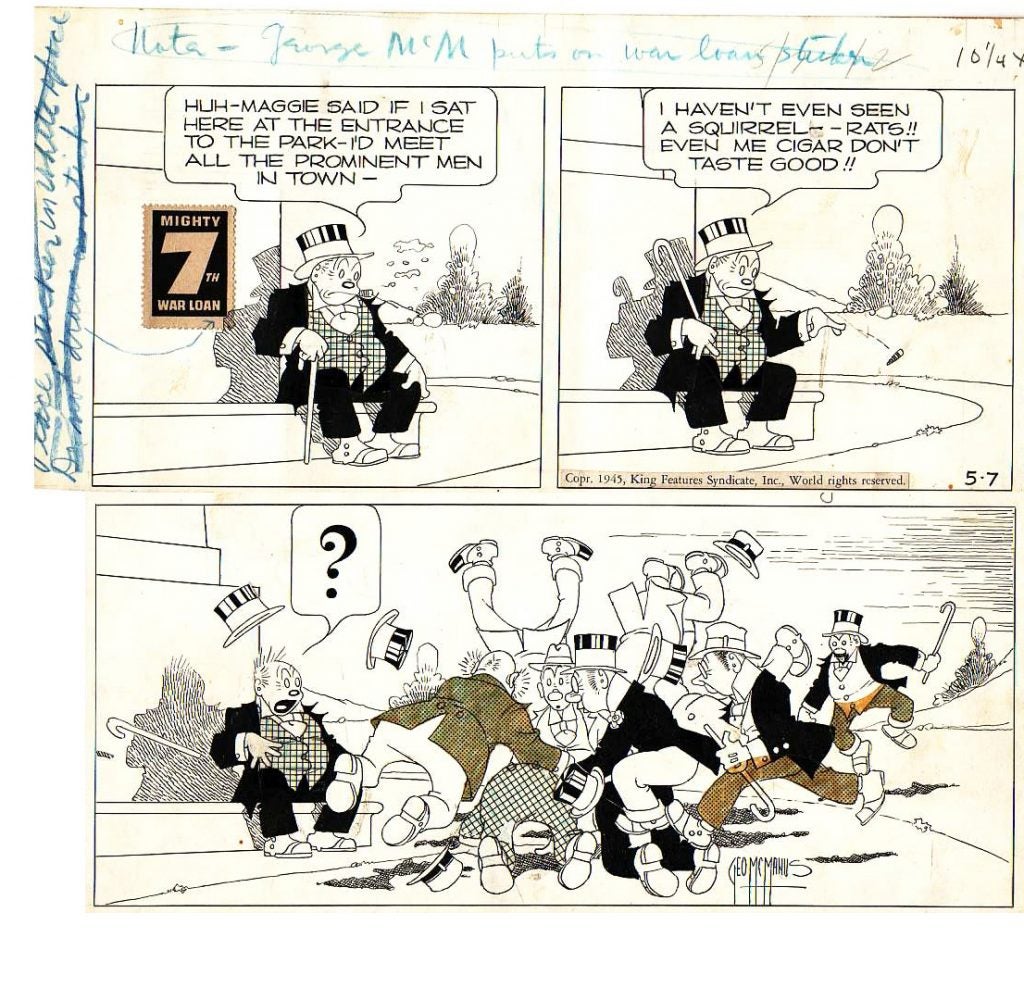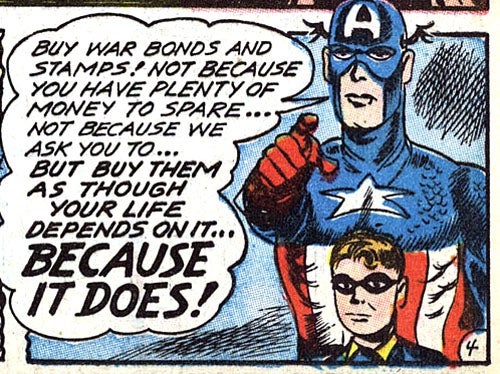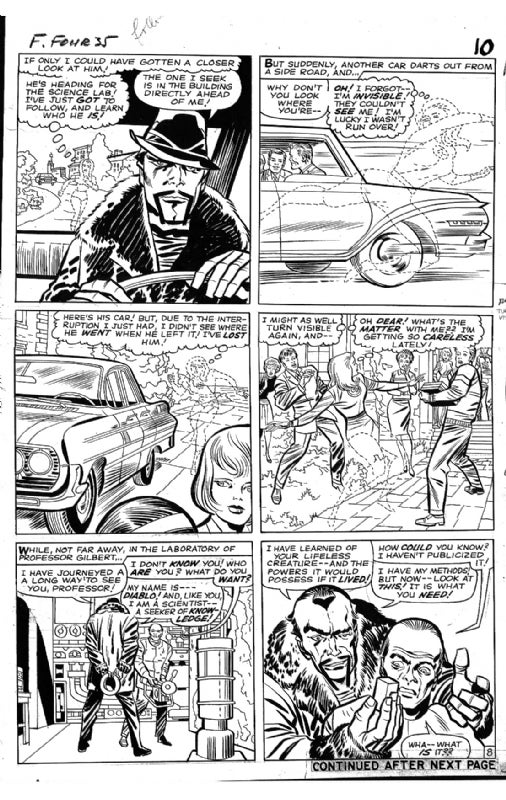 “Lesson 3: Assignment 8” (06/10/1950)
“Lesson 3: Assignment 8” (06/10/1950)
by Wade Hillyard
12 x 16 in. pencil on paper
Coppola Collection
I picked this drawing up from an art dealer in NY who routinely deals in 1940s and 1950s era magazine illustration art. The provenance on this one is strong from the inscription in the corner. Someone named Wade Hillyard, from Santa Ana, CA, submitted this as “Assignment 8,” as a part of Lesson 3, on June 10, 1950.
I liked the drawing, and I assume it was drawn from life.
So, who is Wade Hillyard?
He appears to be a 1946 graduate from Santa Ana High School. The 1946 “Ariel” (yearbook) lists him (although I am not inclined to pay for a subscription to Yearbooks.com to get the detailed view), and there are two hits for the “Santa Ana Register” from 1940 and 1941 (one of which includes an age) which point to a Wade Hillyard (fortunately an unusual name) as a resident (from the Google Searches … and I am not inclined to pay for a subscription to Newspapers.com to get the detailed view):
May 6, 1940
Santa Ana Register
SANTA ANA REGISTER, MONDAY, MAY 6,1940 Anticipate South Main …. Youth’s Leg Broken In Fall ACTIVITIES OF GIRL SCOUTS Wade Hillyard, 11, of 1925 ..
February 28, 1941
Santa Ana Register
“During the next class, anyone Everyone in Orange county, but who plans to … Some of the boys are Bill Haynes, Wade Hillyard, Jim Nelson, Rodney Mead”
There is a still a 514 Cypress Ave in Santa Ana, so Wade might have been taking an art class at a relatively local college or university (of which there were not too many back then… if I have any luck locating more information, I will update this in a subsequent post; Santa Ana College is my first stop – it was right in town and has one of the largest fine art departments in Orange County).
FERPA is going to limit what anyone can tell me, but the question of whether this format was used for their student IDs during that era is enough to follow up on if I get a hit.
If the subject was drawn from life, then being outside in June in Santa Ana is reasonable, as would being at the coast, leaning on a boat.
There is also the question of the era, historically, that has my keenest interest. Seeing the casual life drawing depiction of an African-American man, posed outside and drawn by a white guy in 1950… strikes me as its own interesting story. By way of context, interracial marriage and school segregation had only been overturned in CA in 1947-48 (one of the earliest in the US), and segregation of public accommodations was still in effect in CA until 1954.
I guess Assignment 8 from Lesson 3 could have been to draw something from a photograph, but not likely.
I will likely never get the questions answered, but I certainly agree with the teacher who gave this drawing an “A” grade.


 “The 1948 London Olympics in Collier’s” (September 25, 1948)
“The 1948 London Olympics in Collier’s” (September 25, 1948) “Bringing Up Father” (05/07/1945)
“Bringing Up Father” (05/07/1945) The $26B raised in this 6-week campaign turned out to be the highest dollar amount of any of the eight bond drives during WW2.
The $26B raised in this 6-week campaign turned out to be the highest dollar amount of any of the eight bond drives during WW2.
 “Small Change” (10/31/1943)
“Small Change” (10/31/1943) Rather than send Li’l Abner off to war, Al Capp instead created this patriotic strip to promote the sale of war bonds. Capp was unable to serve in the military due to the loss of one of his legs in a childhood accident.
Rather than send Li’l Abner off to war, Al Capp instead created this patriotic strip to promote the sale of war bonds. Capp was unable to serve in the military due to the loss of one of his legs in a childhood accident.
 Although active recruiting posters date back to the Civil War, arguably one of the most recognizable of these is the “I Want You!” poster designed by James Montgomery Flagg, issued in 1917 near the end of WWI (the US entered the war on April 6, 1917). The effect proved to be quite successful, and the theme was used again in WWII… and in the Smokey the Bear “Only YOU can prevent forest fires!” campaign, which began in 1947.
Although active recruiting posters date back to the Civil War, arguably one of the most recognizable of these is the “I Want You!” poster designed by James Montgomery Flagg, issued in 1917 near the end of WWI (the US entered the war on April 6, 1917). The effect proved to be quite successful, and the theme was used again in WWII… and in the Smokey the Bear “Only YOU can prevent forest fires!” campaign, which began in 1947.

 Uncle Sam re-appeared on one of the most famous and powerful protest slogans from the Viet Nam war (1971): Join the Army; travel to exotic, distant lands; meet exciting, unusual people and kill them.
Uncle Sam re-appeared on one of the most famous and powerful protest slogans from the Viet Nam war (1971): Join the Army; travel to exotic, distant lands; meet exciting, unusual people and kill them.





 Listening to my former students who ended up with MD degrees, there are negotiations in the medical profession, especially in large settings, which sound remarkably the same as any blue-collar labor negotiations. How many days off? Which hours for work? And so on. These are even issues that are negotiated up front during the hiring process.
Listening to my former students who ended up with MD degrees, there are negotiations in the medical profession, especially in large settings, which sound remarkably the same as any blue-collar labor negotiations. How many days off? Which hours for work? And so on. These are even issues that are negotiated up front during the hiring process.

 Fantastic Four #35 p 8 “Calamity on the Campus” (February 1965)
Fantastic Four #35 p 8 “Calamity on the Campus” (February 1965) “Avengers 19 p 14 ‘The Coming of the Swordsman!’ ” (August 1965)
“Avengers 19 p 14 ‘The Coming of the Swordsman!’ ” (August 1965)